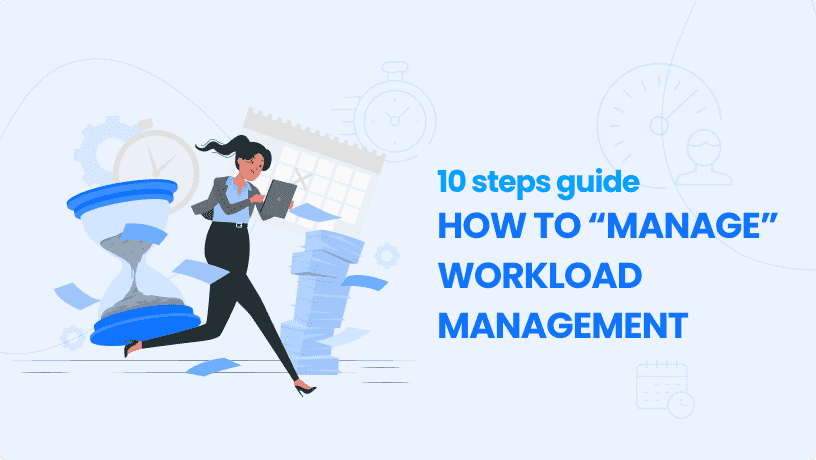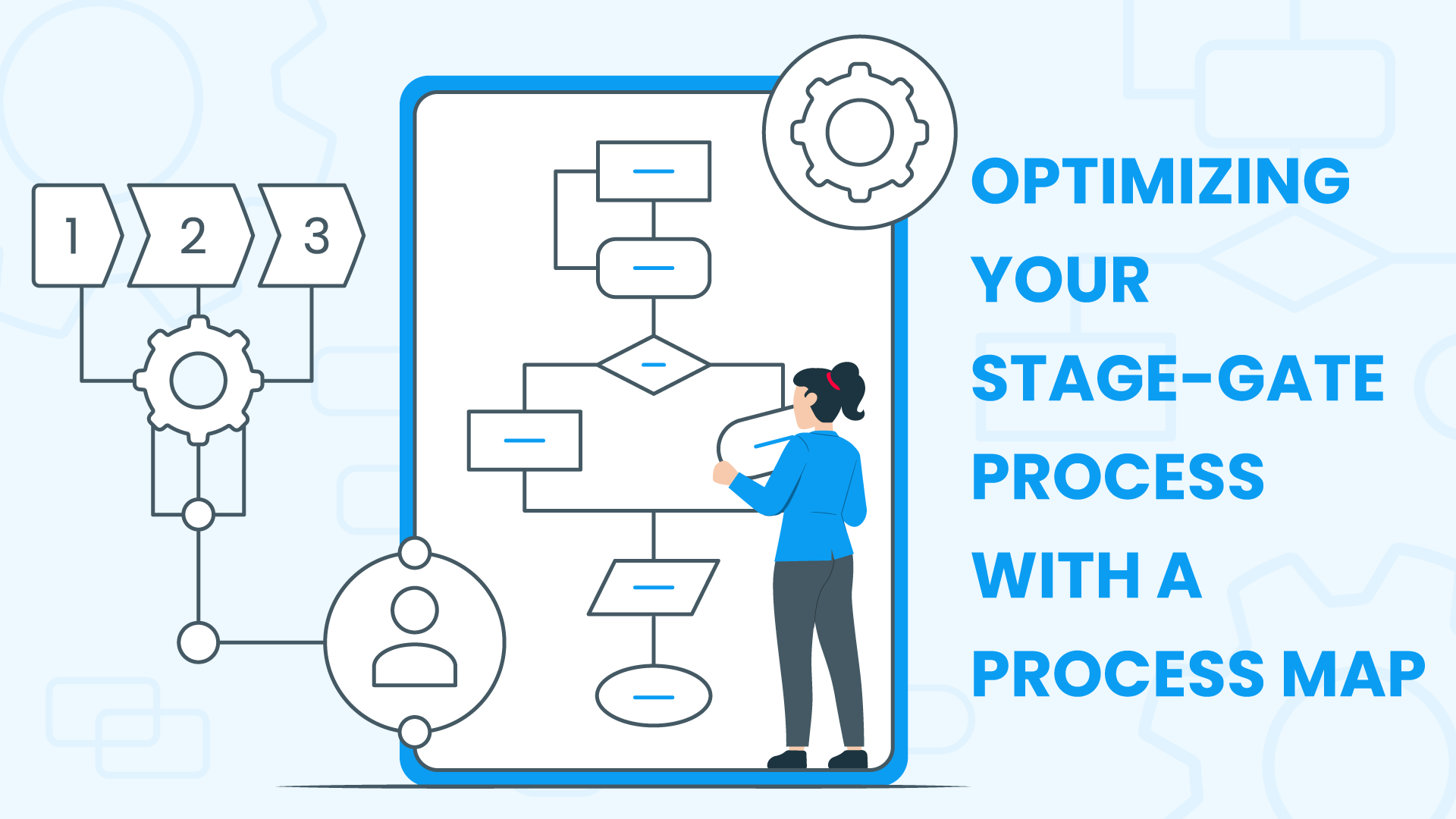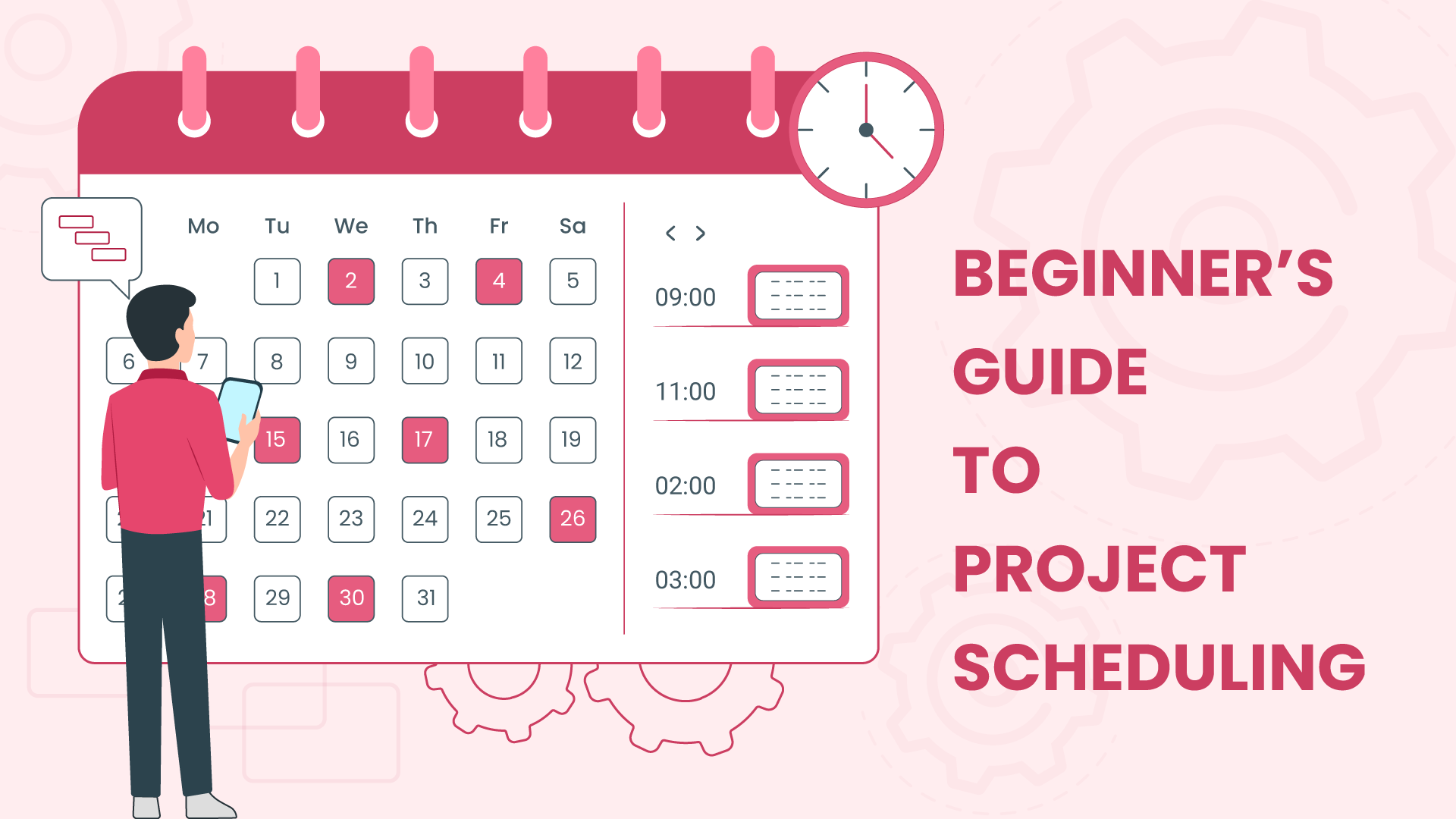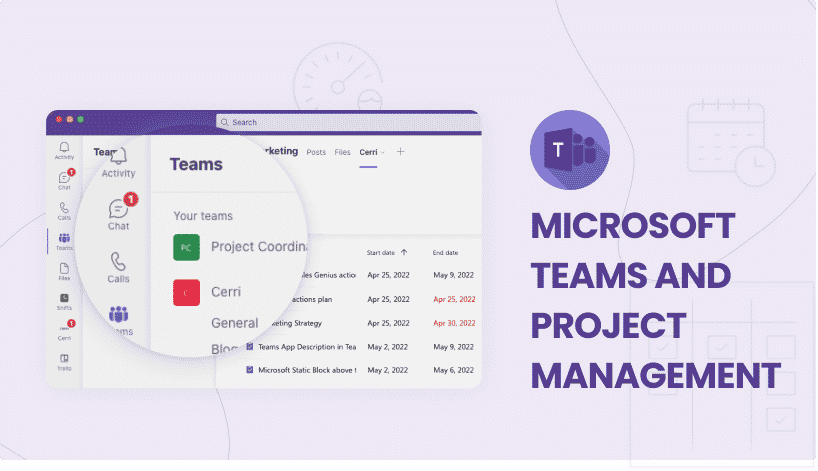Blog
10 steps to optimally “manage” workload management

Getting in the right mindset
Workload management is one of the crucial pillars of project resource management that is often underestimated and readily dismissed. One might argue that it’s just another aspect of routine work life that needs to be dealt with. But that right there, is the first critical mistake generally made when considering workload management. Before reading the rest of this paper, be prepared to modify your outlook and to understand that “dealing” with workload is not the same thing as “managing” it; nor does it achieve the same results.
It may help to first take a look at what the phrase actually means; workload management being defined as the process of efficiently distributing work throughout the team/workforce for optimal performance. Note the keywords: “efficient” and “optimal”.
Achieving efficient workload management should not be slighted as it represents one of the biggest challenges faced by project managers everywhere, regardless of sector, company size or culture. The reason being is that workload management is a multi-faceted task: you need to be fair, to keep team members focused, motivated and productive, to recognize resource skill and capacity, and to meet company and department objectives.
“Juggling multiple interests in the pursuit of optimal team performance. As a manager, you’re thinking about: What matters to our customers and shareholders? How do I get the best outcomes? How do I do it in a way that doesn’t burn out my people? How do I use my resources wisely? And how do I get more out of underperforming resources?”
Liane Davey. Psychologist, author, public speaker, and business strategist.
Thankfully, the fruits are worthy of the challenge. Looking at the big picture, successful workload management results in less chaos and more motivated, focused, and accomplished resources, which in turn leads to improved performance and work efficiency. Because no two companies have the same objectives, resources or workload, there is no miracle solution or guidebook to mastering workload management. However, there are 10 general steps / tips you can follow that will help you get closer. Let’s look at them…
Step 1. Make time for managing workload
As we already established, workload management not only is an important task but a difficult one. It really should go without saying that it isn’t something you’ll realistically be able to achieve by squeezing some time in between two meetings. This task will take time to do properly. So, before moving on to the following steps; be prepared to dedicate the appropriate amount of time to plan, execute and follow through successfully.
Step 2. Define your workload management objectives
It would seem obvious that before planning anything it would be best to know what you are planning for. The same logic applies here. So, start by giving some thought to defining and setting your goals (in line with company and department goals). This will serve as a guide later when you are prioritizing, assigning, and scheduling work. You’ll need to make sure that tasks and workload are aligned to these objectives and review them periodically to ensure they remain aligned. You’ll also be able to clear your schedule more readily of items that are not bringing you closer to accomplishing your objectives.
Step 3. Figure out the workload
Once you’ve defined your goals you need to figure out what and how much needs to be done to achieve them. In other words, you need to calculate what the actual team workload is. Although this step will range in complexity depending on the type, size and number of projects involved; regardless of the scope, it helps to break it down:
- First, make a list of all the projects and processes your team needs to deliver or is participating in.
- Estimate the time and commitment each of these will demand from your team so that you have an idea of the total teamwork.
- Proceed to breaking down the projects/processes into smaller tasks/phases in order to be able to plan workload on a daily and weekly basis.
- Identify what work is important and/or urgent in order to organize tasks by priority; so you can focus on treating these first.
Step 4. Establish your team capacity
Now that you know how much work needs to get done; you’ll need to understand how much work your team can deliver. To figure this out you’ll first need to ask your team to share their calendars with you so you can account for (take out) each team member’s unavailability such as vacations, meetings or other compromises/responsibilities. For example, recurring tasks or reports would need to be accounted for here, as they tie up a certain amount of resource time that is left unavailable to be assigned otherwise. Once you have plugged in your team’s schedule, you’ll be ready to move on to the next step.
Step 5. Distribute the work
You have in your hands a list of the work that needs to be done as well as your team’s capacity; now all that is left is, for you to assign the work according to each team member’s function, strength, and potential. As if that wasn’t enough, for optimal results, this should be achieved fairly and evenly – this being the true challenge.
The trap to avoid here is overloading your achievers and undermining those that are at the other end of the spectrum. Giving work to someone you know will eagerly take it and complete it faster will be tempting but, on the one hand, you risk burning them out and on the other, causing the lesser achievers to lose motivation with nothing to do and feeling shut out of assignments. And let’s not disregard the fact that you won’t be doing anything to help increase your overall team’s capacity. Although it may look like taking the harder road in the short run, you’ll reap the benefits in the long run – think how much easier distributing work would be if your team’s capacity/skill was more even.
Some steps to help guide you:
- Clarify the role of each team member so that they understand what is expected of them and so that it is easier to associate the right task with the right person.
- Take into account the training, skills, knowledge, career and professional development of individual employees.
- Allocate top priority work first.
- Use a visual timeline to map resource allocation so you can clearly see who is doing how much, what and when and that their availabilities correspond.
- Empower your team by involving them in the planning so that you can also be alerted of any potential engagement or completion problems from the onset. After all they know their capacity best.
Step 6. Set expectations for workload management
It’s important to communicate to your team, now that they have their workloads assigned, what is expected from them. Getting the work done within the deadline is a basic assumption that holds little merit. Instead, you should be aiming to have your team maximize productivity.
Explaining why you have assigned a certain task to someone not only serves to recognize and motivate them, but also establishes your expectations from the start. Another way is to praise the high performance of members getting work done faster; so that it’s clear that hours spent is not recognized as productivity. Likewise, be clear to those who are not pulling their weight.
Step 7. Check in with your team
Great. So, you finally have all the work planned out, distributed and everyone knows what they need to do. But now is no time to slack off. As with all plans, yours will likely have a margin of error – after all you are dealing with humans and multiple estimated values: a task may be more time-consuming than planned, a member could be progressing slowly or find themselves overwhelmed, and a whole variety of other unplanned events could occur.
So, take the time to check in with your team at regular intervals. Make sure they are not overwhelmed and that they are on track with their workload. Arrange for one-on-one conversations to evaluate the situation and also motivate and engage members along the way. Probe problem members to find a solution or consider moving them out.
Step 8. Be flexible
It is not enough to check in with your team and to be receptive and observant to any issues occurring; you must also be prepared to rearrange workload accordingly if needed. In short, you need to take a flexible approach and understand that workload is not static; being rigid about your distribution strategy will not get you anywhere. Priorities may shift and workloads may become uneven but don’t fret; if it all evens out over the span of a year it’s normal to have ups and downs in between, and you and your team need to respect this.
Step 9. Work as a team
There are several ways to help promote productivity by working as a team. Here are some tips to give and take:
- Encourage team members to help each other out. Seek successful methodology within your team and have those members share their knowledge with other members.
- Have your team avoid distractions like checking their email or phone notifications too often when working on something. Multi-tasking has never been conducive to higher productivity.
- Encourage team members to schedule downtime. Short breaks for unwinding are essential for more focused work.
- Make them understand that they cannot do everything, and that perfection is not the aim here. Discourage them from wasting time on excessively perfecting work, as a balance between good work and efficient time usage is key to success.
- Minimize meeting time by finding ways to communicate with your team in more time-efficient ways.
Step 10. Onboard a tool to help you with managing workload
Now that we’ve established an outline of what’s required for successful workload management and gathered that it’s no small feat; wouldn’t it be a relief to know there are tools that can help you with this challenge.
Imagine plugging in all the information you have into a single platform, where you can have a global view of your team workload and every team member can see the work they need to do and how it reflects within the project. A good workload management tool will help you:
- Schedule daily work for a resource, automatically accounting for their unavailability
- Track workload on a weekly schedule
- Track remaining workload
- Automatically update workload data in real time
- Track deadlines and delays (to help spot any potential problems)
- Define rules to create alerts according to your objectives
- Offer views by resource, project, client or assignment
Ready to do it all again
Over time, you will learn and improve as you understand your team capacity better. You’ll be able to make necessary adjustments to your team – whether you have too many resources in one field or are lacking in another. You’ll evaluate training requirements and their feasibility. And you will learn how to master your workload management tool for optimal outcomes.
Just remember that, even when all these steps become second nature, and workload management seems more “manageable”; it will never be a precise science, and so, the most successful managers will be those who understand it is an ever-evolving challenge and who continue to dedicate the necessary time to it.






































































 Task Management
Task Management 

















 Customization
Customization
